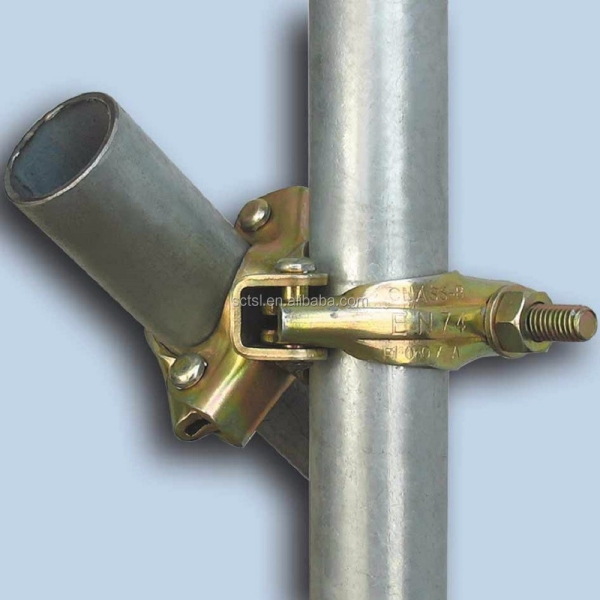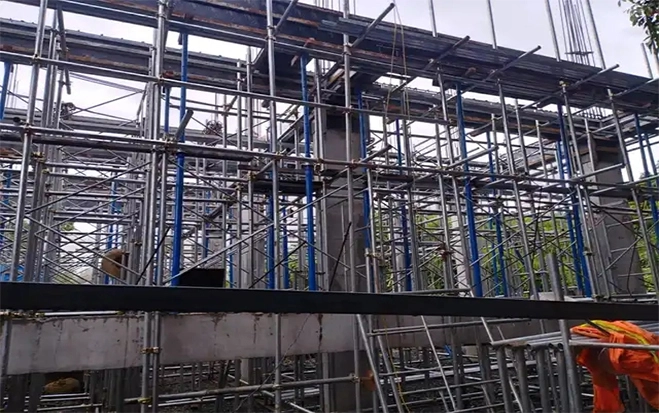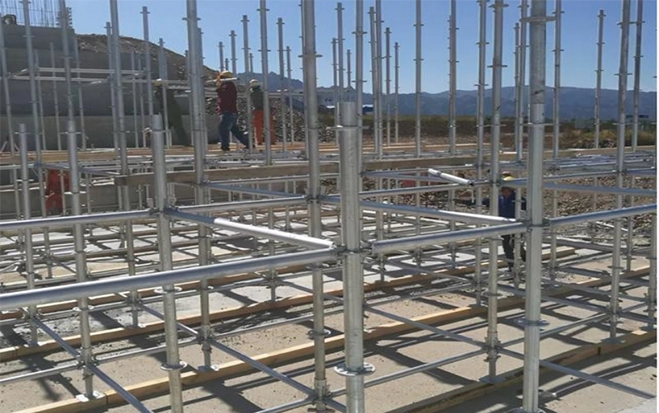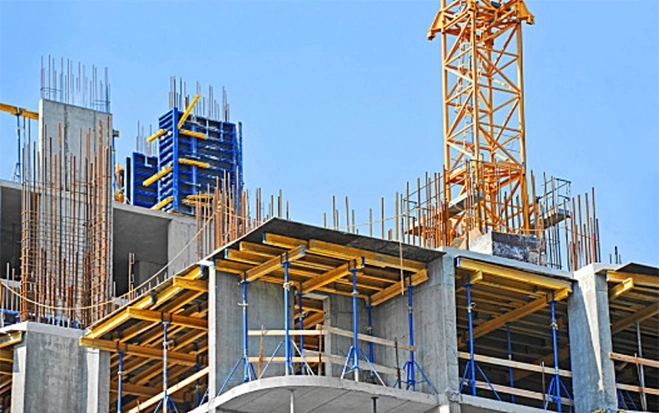As a kind of high-strength metal material, scaffolding is widely used in various construction fields. In the application of scaffolding, the right angle coupler is one of the common connection methods, which can combine different lengths of steel into various complex structures according to the requirements. In this article, we will discuss scaffold right angle coupler in detail so that readers can better understand and apply it.

According to its structure and function, scaffold right angle coupler can be mainly categorized into movable fastener and universal fastener. Active fasteners, also known as cross fasteners or directional fasteners, are mainly used for the connection of two vertically intersecting steel pipes, such as the connection of uprights and large crossbars, large crossbars, and small crossbars. Universal fasteners, on the other hand, have higher flexibility and can be adjusted in angle according to the need, which is suitable for all kinds of complicated connection needs.
The main function of scaffold right angle coupler is to connect the scaffolding uprights and crossbars to form a stable supporting framework. The scaffold can withstand forces and moments in all directions, thus maintaining its stability and safety. In addition, the scaffold right angle coupler has certain anti-slip, anti-detachment, and anti-rust properties, which can maintain its stability and service life in harsh construction environments.
The scaffold right angle coupler is widely used in construction projects. When building scaffolding, it is used to connect the uprights and crossbars to form a stable support structure. Meanwhile, scaffold right angle coupler can also be used to support the working platform on scaffolding to ensure the safety of workers. In addition, scaffold right angle coupler also plays an important role in the construction of complex structures such as bridges, tunnels, and high-rise buildings to ensure the stability and safety of the whole structure.
The scaffold right angle coupler has a number of advantages over traditional connection methods. First of all, it has a solid structure and high load-bearing capacity, able to withstand forces and moments in all directions. Secondly, it is characterized by high flexibility and can be combined and adjusted in various forms according to specific construction needs. In addition, it also has the performance of anti-slip, anti-detachment, anti-rust, etc., which can maintain its stability and service life in the harsh construction environment.
The scaffold right angle coupler is suitable for various specifications and has high connection strength, which can meet the needs of most application scenarios. In addition, scaffold right angle coupler can also be adjusted in multiple angles, which is convenient for realizing complex spatial structures. When choosing the scaffolding connection method, it is necessary to make comprehensive consideration according to the specific application scenario, load-bearing requirements, cost budget, and other factors.



